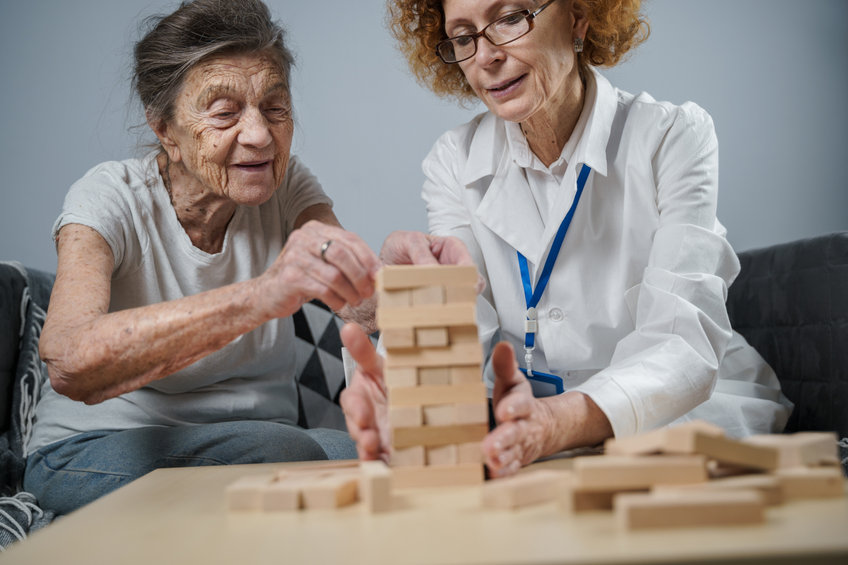Momentum Physical Therapy Celebrates OT Month
You may be wondering, “what is occupational therapy, and why does it get a celebratory month?”
We’re glad you asked!
Occupational Therapy Month is when we celebrate and recognize all of the work that our wonderful Occupational Therapists (OT’s) do!
Occupational Therapists help people of all ages participate in the things that they want to do physically in their day-to-day lives, both at home and at work. An OT evaluates each patient to develop a completely customized rehabilitation plan that targets their specific needs in their daily life. An OT works hard to make sure that their patients is able to return to the activities that they enjoy and need to live a full and healthy life!
What’s the Difference Between a PT and an OT?
It’s common for people to confuse the difference between an Occupational Therapist and a Physical Therapist. While both require advanced degrees and years of training, the main difference between the two is their essential focus.
What does a Physical Therapist do?
The essential focus of a physical therapist is to focus on treating people with illnesses or injuries that have lead to pain, decreased range of motion and muscle weakness. A physical therapist most typically works with injuries such as:
- Sports injuries
- Musculoskeletal conditions, such as a torn rotator cuff, generalized neck and back pain, or joint challenges
- Cardiopulmonary conditions
- Fractured bones or sprained joints
- And more!
What does an Occupational Therapist do?
While a Physical Therapist works with predominant injuries, an Occupational Therapist hones in on treating developmental, mental, and physical maladies. These maladies can include but are not limited to:
- Hand and upper extremity movement and rehabilitation
- Teaching patients to use assistive devices to complete activities of daily living (ADL’s)
- Rehabilitating patients recovering from strokes to regain strength, movement, and learn to accomplish ADL’s in modified ways.
- Working with employers to create programs designed to reduce risk and injury in the workplace
- Helping children struggling to achieve developmental goals progress to their highest possible levels
- Working with patients suffering from neurological conditions such as Parkinson’s to remain active






